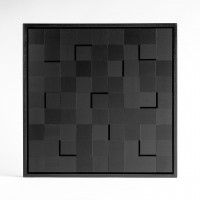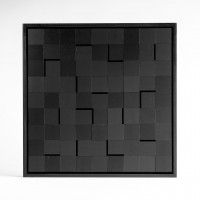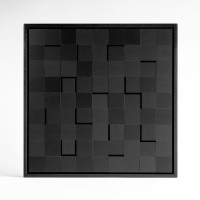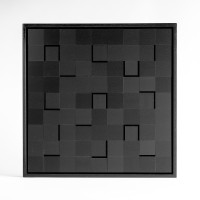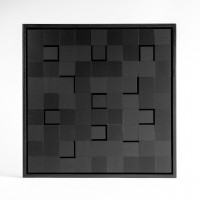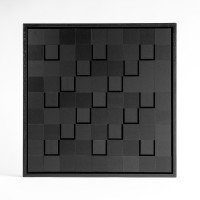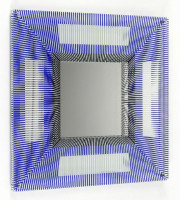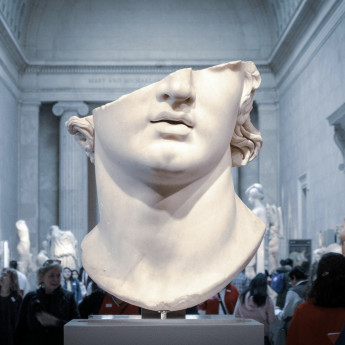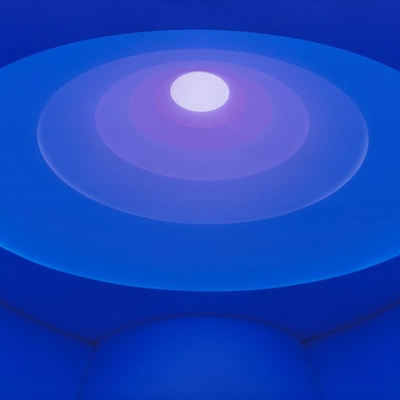
Details
Artist
Styles
// Luis Tomasello’s S/T 2 - Naranja from 2013 is a limited-edition lithograph that explores the subtle interplay of light, form, and color. This artwork features two diamond-shaped clusters of small, raised white squares with soft orange accents, meticulously arranged to create a sense of depth and movement. The orange reflections add warmth to the predominantly white composition, with each square casting delicate shadows that enhance the piece's three-dimensional effect. Tomasello’s use of color and form invites viewers to engage with the shifting dynamics of light and perception, making the artwork an exploration of minimalist aesthetics and spatial illusion.
S/T 2 - Naranja , 2013
form
Medium
Size
63 x 63 cm
- Inches
- Centimeters
Edition
Price
- USD
- EUR
- GBP
Details
Artist
Styles
// Luis Tomasello’s S/T 2 - Naranja from 2013 is a limited-edition lithograph that explores the subtle interplay of light, form, and color. This artwork features two diamond-shaped clusters of small, raised white squares with soft orange accents, meticulously arranged to create a sense of depth and movement. The orange reflections add warmth to the predominantly white composition, with each square casting delicate shadows that enhance the piece's three-dimensional effect. Tomasello’s use of color and form invites viewers to engage with the shifting dynamics of light and perception, making the artwork an exploration of minimalist aesthetics and spatial illusion.
- Recently Added
- Price (low-high )
- Price (high-low )
- Year (low-high )
- Year (high-low )
What is ‘light and space’?
The Light and Space Movement refers to loosely affiliated art movements connected to minimalism, geometric abstraction, and op art that originated in Southern California in the 1960s. Greatly influenced by artist John McLaughlin, these artists focused on sensory phenomena such as light, perception, and space as central elements of their work. They also incorporated cutting-edge technologies from the aerospace and engineering industries to develop light-filled and sensuous objects, creating immersive experiences that emphasize the viewer's perception.


